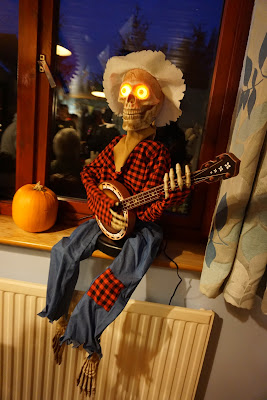These are photographs of residents of Camphill Milton Keynes going on an Alpaca Trek. We did this at a place called Holly Hagg Community Farm in Sheffield.
Alpacas are members of the camelid family. The camels that most people are familiar with are the ones with humps; the dromedary of Northern Africa, the Middle East, and Southern Asia, and the Bactrian camel of China and Tibet. However, there are four other camelids (without humps) that are indigenous to South America: two of them, llamas and alpacas, have been domesticated for thousands of years; whereas the other two varieties, guanacos and vicunas, continue to roam in wild herds today.
The alpaca comes in two breed-types: huacaya (pronounced wah‑KI‑ah) and suri (SOO‑ree). Huacayas, the more common type, account for about 90% of all alpacas, and have fluffy, crimpy fleece that gives the animals a teddy bear-like appearance. Suris, on the other hand, grow silky, lustrous fleece that drapes gracefully in beautiful pencil-locks.































